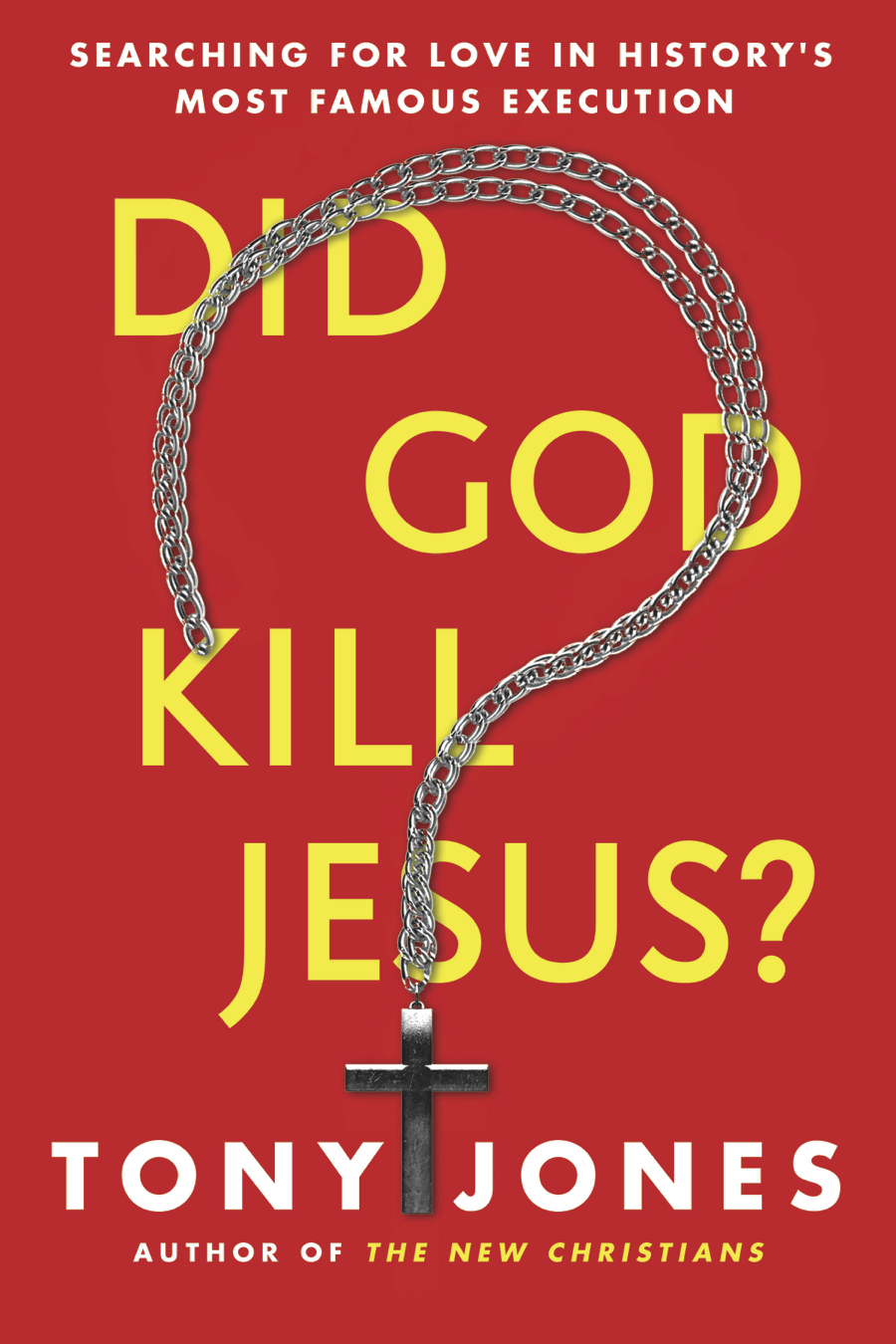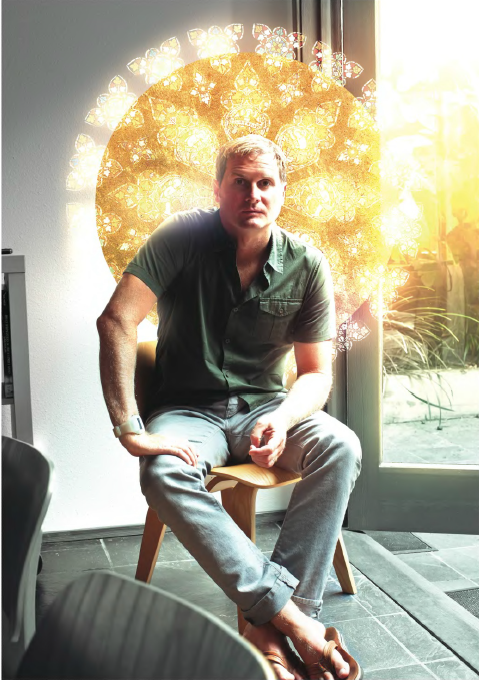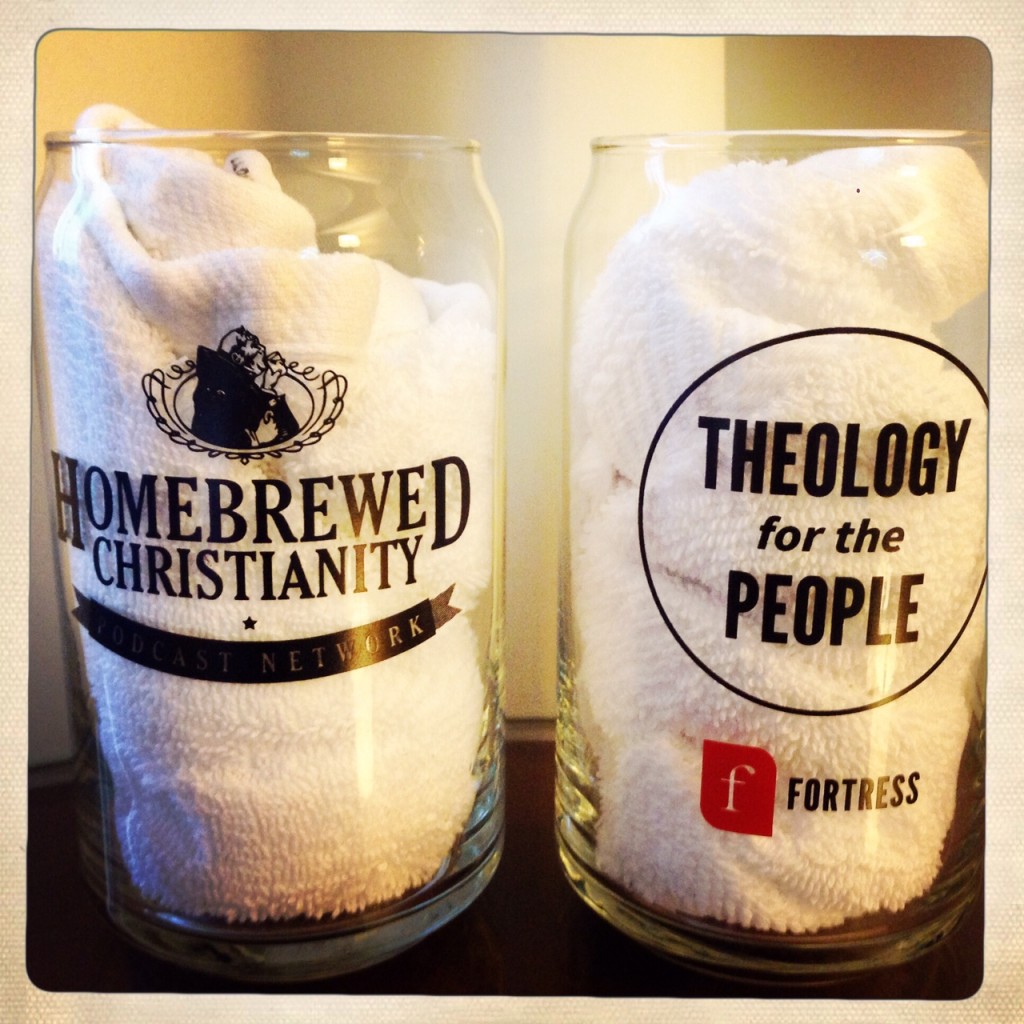I’m blogging through Kenda Creasy Dean’s new book, a theological follow up to Christian Smith’s Soul Searching. I hope you’ll join me. Find all the posts here.
Kenda begins Part Three, “Cultivating Consequential Faith” of Almost Christian, with chapter six, “Parents Matter Most: The Art of Translation.” Here, Kenda takes a bit of a turn, into the neo-liberal world of theologians like Hans Frei and George Lindbeck. This is particularly interesting to me because it is territory that I know well. I wrote extensively in defense of this line of thinking in my first book, and I have since retreated a bit from that position.
In short, Frei and Lindbeck and me, and now Kenda Dean, argue that a incumbent to Christian catechism and formation is a language that is unique to Christianity. But before Kenda gets to that, she emphasizes what every youth pastor knows and what the NYSR reported conclusively:
Research is nearly unanimous on this point: parents matter most in shaping the religious lives of their children.
But how do parents (and youth workers) do this? By becoming bilingual. Kenda posits that parents must be fluent in both the language “on the wall” (youth culture) and “behind the wall” (the language of Christian faith):
God calls God’s people both to converse fluently behind the wall, using the Christian community’s distinctive language, perceptions, and assumptions, and to take part in the conversation on the wall, which requires competence in the language, perceptions, and assumptions of the broader culture.
What the behind-the-wall conversation does is to afford youth an alternative version of reality, a version that aligns their own self-identity with the the purposes for which God created them. And bilingual parents are able to translate the theological language of Christianity into language that teenagers can understand. Kenda even proposes rules for parents who translate Christianity for young people:
- The best translators are people, not programs.
- The best translators are bilingual.
- The best translators invoke imagination.
- Translation can threaten the people in charge.
This last one I found most interesting, especially as Kenda quotes sociologist Talcott Parsons, who “once described every generation of teenagers as a ‘barbarian invasion’; we must either domesticate them or be overtaken by them.” Translating the biblical narrative, Kenda posits, will most likely upset the established hermeneutical positions of the elder generations. This I can agree with.
What I wonder about, however, is the “on the wall” versus “behind the wall” metaphors. It smacks to me a little bit of hiding the lamp under the bushel, of the idea that the Christian story can only be understood by those who have been catechized into it, or worse, only by those who have been “touched” by the Holy Spirit. While I doubt Kenda believes this, it seems to me the logical conclusion of the neo-Aristotelian thesis of Frei, Lindbeck, Hauerwas, MacIntyre, and others. While this makes sense to me coming from Catholic philosophers and theologians like Alasdair MacIntyre and William Cavanaugh, I’m becoming more confounded by Protestants who, as I used to, argue that the church constitutes some kind of discrete linguistic community.
Am I off my rocker?











